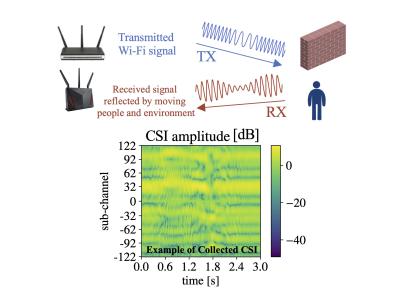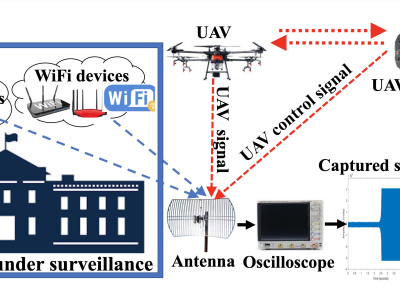A Hybrid Key Generation and a Verification Scheme Dataset

- Citation Author(s):
-
Gunes Karabulut KurtEnver Ozdemir
- Submitted by:
- Yalda Khosroshahi
- Last updated:
- DOI:
- 10.21227/x235-xh51
- Data Format:
 376 views
376 views
- Categories:
- Keywords:
Abstract
By introducing high randomness with reduced computational cost, physical layer (PHY) key generation is one of the candidate tools which can be used for the security of the Internet of Things (IoT) applications. Non-identical secret keys are one of the main problems of the physical layer (PHY) key generation schemes. In order to address this problem, key verification schemes which are based on information reconciliation are used. In the current key verification techniques, the legitimate nodes reveal some information related to their secret keys in order to eliminate non-identical bits. In this work, by jointly using PHY key generation with an embedded key, we propose a hybrid key generation and key verification scheme, where the revealed information during the key verification process is negligible, and the verified keys are identical. Numerical results and software-defined radio based tests show that the proposed verification scheme achieves the requirements of the Internet of Industrial Things (IIoT) systems.
Instructions:
USRP NI-2921 kits are used as software defined radios (SDRs) in the test environment. Two USRP 2921 nodes are used as transceivers (Alice and Bob) and one USRP node is used as receiver (Eve). NI PXI-6683 module is used as the synchronization source. This module provides 10 MHz synchronization clock source from a GPS receiver, which is connected to the master clock. The external clock signal is shared with the transmitter and the receiver nodes over the cable150 subcarriers are used in the transmission. The center frequency is 2.5 GHz and The discrete Fourier transform (DFT) size is 160. Cyclic-prefix (CP) length is 120 samples, while the transmission rate is 1 MS/sec. The modulation type is quadrature phase shift keying (QPSK). The overall transmission of a packet is completed in approximately 0.012 ms, which is consistent with the previous works in the literature to observe channel reciprocity. At the receiver nodes, zero forcing approach is used for channel estimation. In order to reduce channel estimation errors, all subcarriers are used as pilot symbols. USRP node Alice is used as transmitter and USRP node Bob is used as receiver. Then, their roles are reversed. Transmission on both ways is repeated 1000 times. In this dataset, proposed framework is applied to data and results are saved in dataset.







